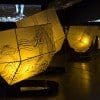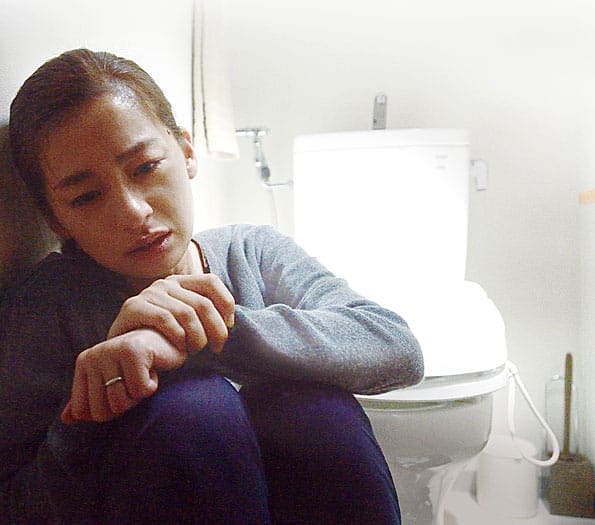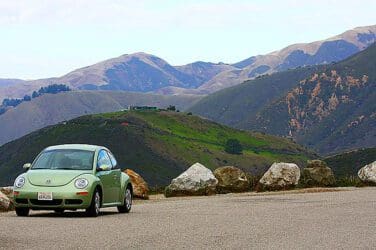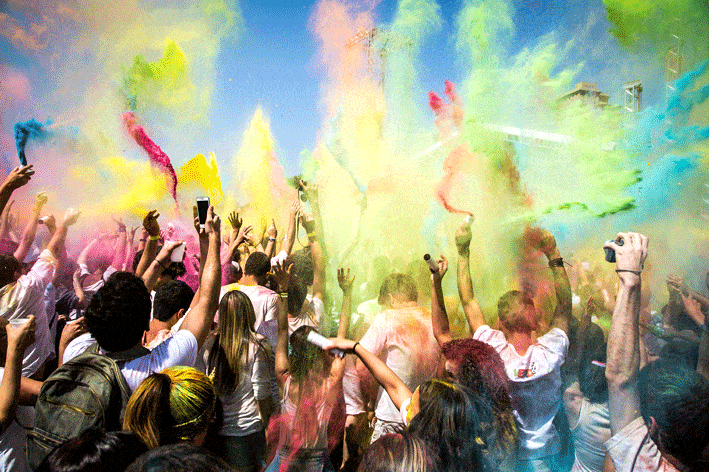How are artists responding to the refugee crisis? – words Alan Woods
An image is a powerful thing. In 2015, a photograph of the lifeless body of Syrian three-year-old Aylan Kurdi, washed up on a Turkish beach, sent shockwaves around the world. Artworks about refugees can change our perceptions.
The “migrant crisis” had permeated daily conversation for some time, but one distressing image changed attitudes towards the crisis globally. Migrants became refugees and the media began to pay more attention to the horrors of war that they are trying so desperately to escape.
The media’s values and images of displacement have influenced artists, many of whom have first-hand experience of the issues in question. Their works have different motives. Some are documentative while others are cathartic, but each individual work explores what has become the defining issue of this century and places the spotlight firmly over migration.
Ai Weiwei is using his status to raise consciousness of the refugee crisis
Chinese artist and dissident Ai Weiwei has been creating work that addresses freedom of speech and human rights for more than four decades. Having firmly established himself as a political artist, he has turned his attention to the plight of refugees.
Earlier this month he recreated the image of Aylan Kurdi that has become the defining symbol of the Syrian refugee crisis. Ai lay face down on a pebbled beach on the Greek island of Lesbos, a major point of entry into Europe for thousands of refugees.
Ai Weiwei has said he hopes to raise consciousness about the plight of refugees through his art. Locals and aid workers have welcomed his art. They claim his reputation as an internationally renowned artist will bring attention to the crisis. However some commentators have argued the problem is not a lack of attention, but more that people are aware of their plight but are not doing enough to help.
Banksy’s art challenges negative attitudes towards refugees
High profile graffiti artist Banksy has also explored the refugee crisis through his art. He recently revealed a new piece sprayed on a wall inside a Calais refugee camp. The work challenges negative attitudes towards migrants. It featured Steve Jobs, the late founder of technology giant Apple, with a refuse bag thrown over one shoulder and an Apple computer in one hand. This references Jobs’s Syrian heritage – his father migrated to the USA after World War II.
In a rare statement, Banksy said: “We’re often led to believe migration is a drain on the country’s resources but Steve Jobs was the son of a Syrian migrant. Apple is the world’s most profitable company and it only exists because they allowed in a young man from Homs.”
This is one of a series of works Banksy has created in response to the crisis. His temporary “bemusement” park featured an installation of refugee-filled dinghies. Since the park closed in September, he has been shipping leftover infrastructure from the installation to help build emergency housing for migrants in Calais.
Owais Husain explores how identity is displaced through migration
Migration and identity are recurring themes in the work of Indian multimedia artist Owais Husain. His Heart of Silence installation features three large paper houses, lit from within. Husain chose the form of the house as a universal symbol of identity. Each house is suspended, quiet and glowing with a warm, inviting light yet they are upside down – suggesting they have been overturned by some form of violence, catastrophe or displacement.
Mirrors along the walls of the installation and steel basins filled with water reflect the houses, multiplying them in a system of visual echoes. At the far end of the installation is a video screen showing the restless feet of a wanderer, referencing the displacement of today’s shifting populations.
Husain said: “Everyone is an immigrant today, we are driftwood, complacent in our ecosystem of misbelief. There is no human that is not touched by this, even in the remotest part of the world they feel the consequences of everyone else shifting in the environment.”
Refugees are producing the most thought-provoking artworks
Perhaps unsurprisingly, the most emotive and stirring interpretations of the refugee crisis are coming from those who have experienced it first hand.
Palestinian fine artist Anas Salameh escaped across the Mediterranean in 2013 and found refuge at Yarmouk camp in Damascus. He now lives in Oslo where in 2014 he created a huge mural dedicated to the suffering of children in war zones.
The mural garnered a huge public reaction to the point that people would stop and cry when they saw it. One young woman was so moved that she went home and returned with armfuls of her childhood toys for Salameh to add to the piece.
How are artists responding to the refugee crisis? – words Alan Woods










